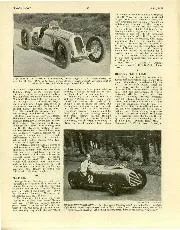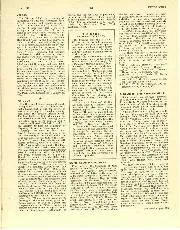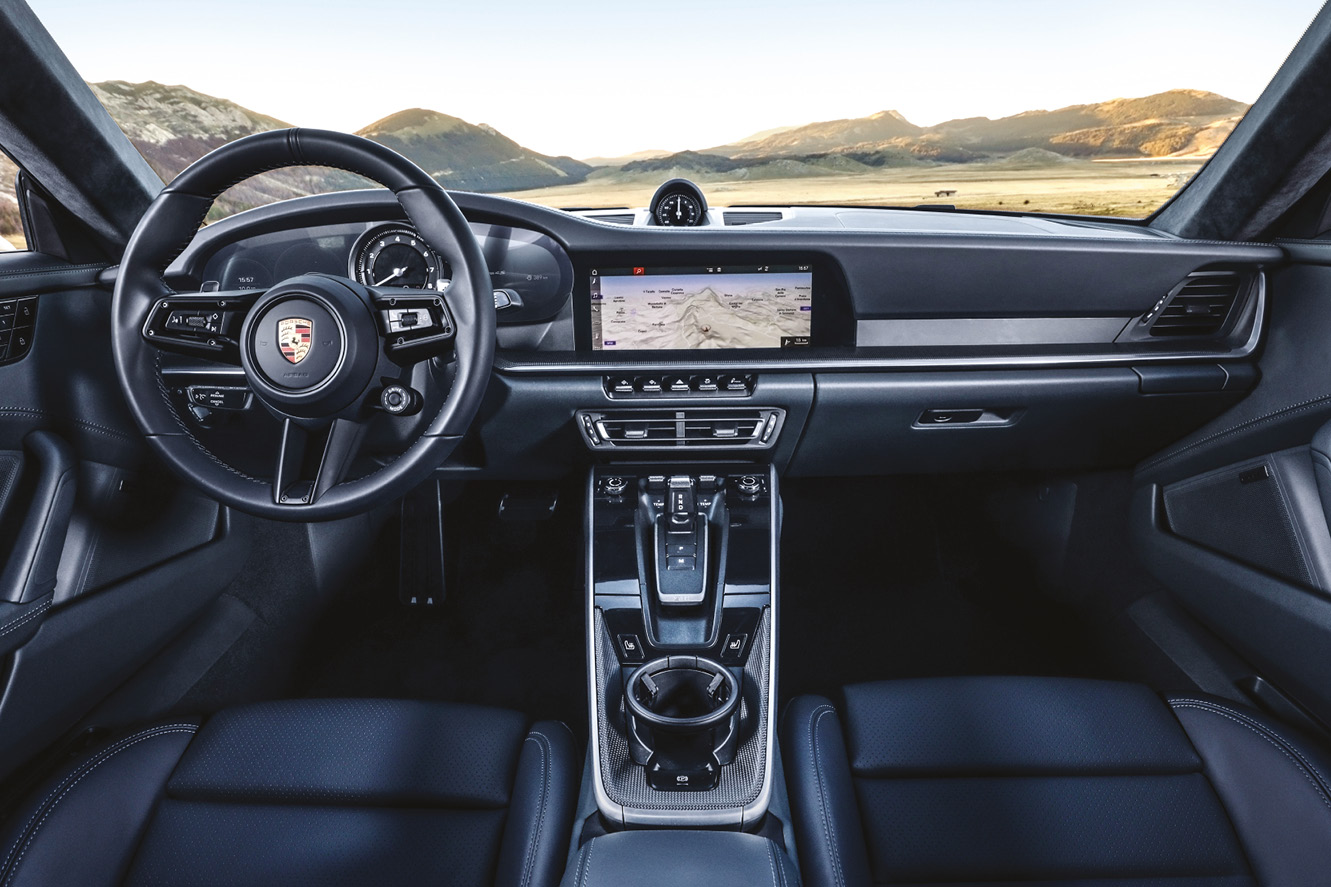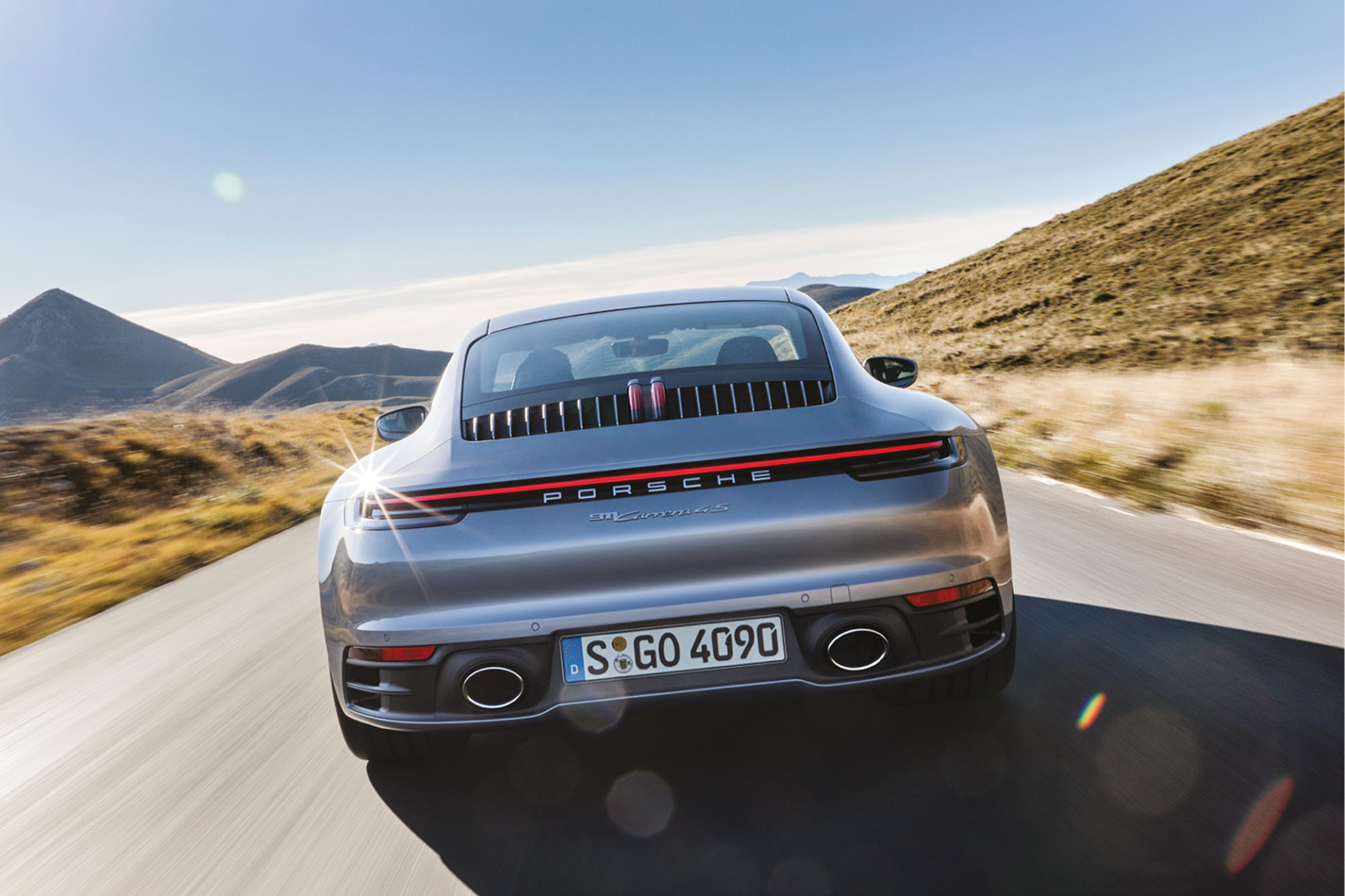

THE STORY OF BROOKLANDS
THE STORY OF BROOKLANDS So great has been the demand for Volume 1 of W. Boddy's book that it is temporarily out of print. A second impression will be ready…
The man who has cared for and nurtured the Porsche 911 these last 18 years is retiring. This car, the new 992-series 911, is August Achleitner’s last. He might be going because he’s reached retirement, or maybe he can see the writing on the wall.
This says that quite soon the 911 will have to change, and in such a way as to make the day in 1998, when it went from being cooled by what you breathe to what you drink, seem like a minor historical footnote. We all know that, rightly or wrongly, electric cars are the future; we know also that VW, which owns Porsche, has said it won’t develop any more internal combustion engines after 2026. So one day, maybe not that far away, someone is going to have to come up with an electric 911. And if that prospect was what persuaded Herr Achleitner to reach for the pipe and slippers, I’d be the first to understand.
“This new car is faster than older GT3 models. Its power is almost double a 911 Carrera 30 years ago”
An electric 911 can’t have a flat-six engine in its boot or anywhere else, so the car’s defining characteristic, the thing that has distinguished it from every single other car on sale for the last 55 years, will go. In what way will what remains be a 911? And no, it’s not the same for everyone, because for more than half a century the 911 has embodied all that we like about the internal combustion engine in terms of its reliability and suitability to our needs, and all that we’ve loved from the power that it produces to the sound that it makes.
Even this new 911 is heading in that direction, though you might be hard-pressed to spot it. One of Achleitner’s last jobs was to engineer a space between the engine and gearbox to take an electric motor, which will come when the hybrid version of this car is launched in 2022. Imagine that: a 911 wafting around on a carpet of inaudible electrons.
For now, however, the rest of the car is reassuringly conventional, albeit far newer than it appears. It sits on a fresh platform, carrying over only 10-15 per cent of the previous car’s componentry. Least changed is the 3-litre engine that, in this Carrera S model (the only one so far launched), is internally identical to the last, but with bigger turbos and new electronics to raise its power by 30bhp to 444bhp. Everything else – wheels, suspension and brakes – are new, as is the car’s body which, for the first time in 911 production history, is now fashioned entirely from aluminium.

The biggest visual change is inside, where the old dials have been replaced by glossy TFT screens, with only the pointedly retro rev-counter escaping the treatment. It all functions well, but to me does not look like a 911 interior. Then again, to my perhaps somewhat traditional eyes, it’s been more than 20 years since a 911 had one that did.
The price of getting in the car many weeks before almost every other journalist is that I was only able to drive it around a track – a dry, damp, wet and flooded Hockenheim – so there are elements of its character such as ride and refinement upon which I remain ill-equipped to comment. But if you want to know how the new 911 behaves when being driven as fast as a grizzled old road tester can make it go, I will be of more use.
It is some indication of where Porsche is going with the 911 to consider that even this standard model now costs almost £100,000 and is faster than GT3 models of not very many years ago. Its power output is not far off double that of the 911 Carrera you could buy when I started doing this job 30 years ago. And that never felt slow to me.
Today the 992 feels relentlessly rapid, accelerating straight up to 130mph in one soaring surge, scarcely interrupted by the deftly slurred shifts from its new eight-speed double clutch transmission. Fret not: a manual is coming later in the year. The engine sounds quieter to me, but even more responsive.

The bigger change comes when you reach a corner. The 992 bites into an apex like no standard 991 ever drove, doubtless thanks at least in part to a considerable widening of the car’s front track. I guess you might say strong understeer has been part of the 911 proposition for decades, but it’s one characteristic I won’t miss. The car is more neutral on the way in, and you can leave it to the electronics to ensure things stay tidy on the way out.
And if you don’t want to do that, then switch them all off and drift like a god in the hope that no one watching will realise how easy it is. No normal 911 was ever as well balanced as this apart from, perhaps, the very earliest. Of course, the four-wheel-drive Carrera 4S is far less playful, which I guess is how its owners want it, but I still don’t understand the appeal: why pay more for a car that’s a little slower, a little more costly to run, a little less quick to respond and a lot less fun to drive hard? If you need traction in bad weather – and all 911s have always had fabulous traction as standard – might I recommend you save yourself a packet and invest in a set of winter tyres instead?
I could have driven the Carrera S until the fuel tank ran dry. For all its fearsome technology, it’s an essentially simple soul, one that just wants to be driven hard and far, but which will happily revert to being high quality, user-friendly daily transport whenever that moment sadly arrives. I know most owners will never take their car to a track and I know the road is no place to exercise a car of this potential to the full, so I fear many will never realise just what a car they’ve bought. I suspect there’s no other car you can use every day costing less than a six-figure sum that’s even in the same street as this. Achleitner saved his best ‘till last.
Price £93,110
Engine 3.0 litres, 6 cylinders, turbocharged
Power 444bhp@6500rpm
Weight 1515kg
Power to weight 293bhp per tonne
Transmission Eight-speed double clutch, rear-wheel drive
0-60mph 3.5sec
Top speed 191mph
Economy 31.7mpg
CO2 204g/km
Verdict The 911 just gets better, for now